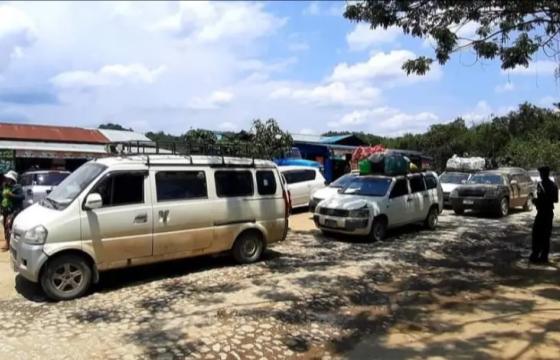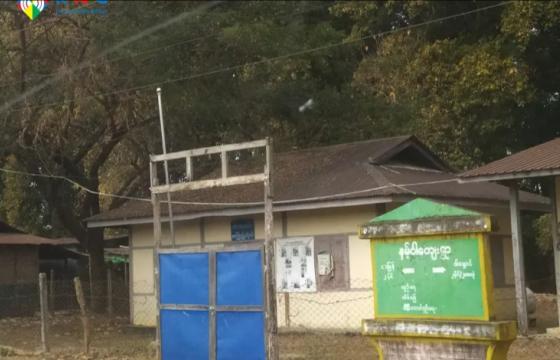In Hpakant township of Kachin State, the use of counterfeit 10000-kyat banknotes has increased significantly in recent days, according to locals.
The counterfeit 10,000-kyat banknotes are found not only in grocery stores and betel nut shops in Lwang Hkang (Lone Khin) and San Kywe villages in Hpakant, but also in gem trading markets nowadays, a local woman from Lwang Hkang told KNG.
“The matter has become far more noticeable recently. It was detected that a stack of 10000-kyat banknotes used in the gem-trading had been mixed with some counterfeits notes. On average a bundle of 100 ,000 kyats worth of money comes with a number of fake banknotes. It was not the usual counterfeit banknote. My wet hand triggered the ink of the forgery to spread when I held it. The person who brought the money said that he did not remember where the counterfeit money came from”, she said.
Locals also said that the detection of counterfeit banknotes in Hpakant has increased this month.
“Counterfeits spread like this after some strangers come to shop in the village. They Don’t buy a lot in one shop. They usually buy a few things at each shop. They don’t Come back again.So far no one knows who are the real culprits distributing these counterfeit banknotes”, a male resident of San Kywe village said.
Compared to the real ones, these counterfeit banknotes have some visible differences like lack of security ribbon, spread of ink stains and a little smaller in size, locals commented.
The local administrative officials and community elders said that they will keep vigilance in both Hpakant city area and villages, in order to arrest those who distribute counterfeit money.
In August, villagers were able to arrest a shopper with a large number of counterfeit 10,000-kyat banknotes, in a grocery store in Mula Shidi village in Putao, Kachin State. Also a person tried to transfer money using a counterfeit 10000-kyat banknote in a money transfer outlet in the city of Myitkyina.







